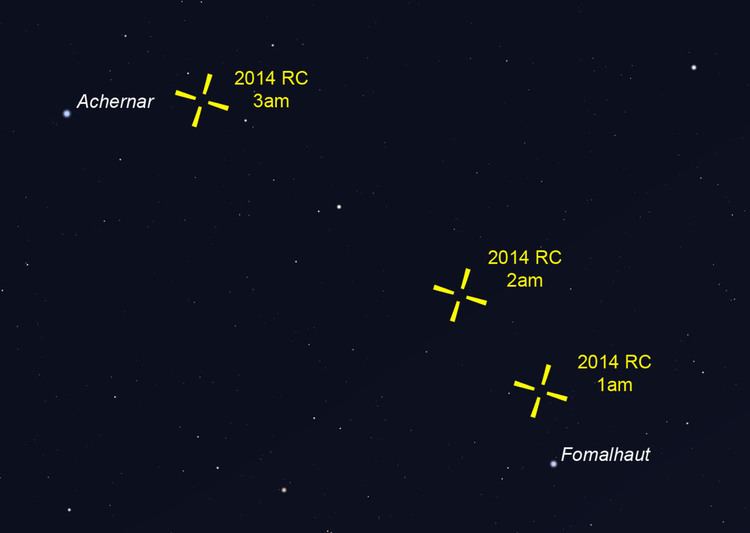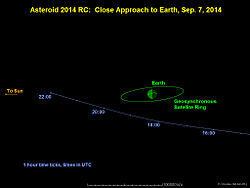Discovery date 1–2 September 2014 Inclination 4.573941° Discoverer Pan-STARRS | Minor planet category Apollo, NEO Discovered September 2014 Spectral type S-type asteroid Discovery site Pan-STARRS | |
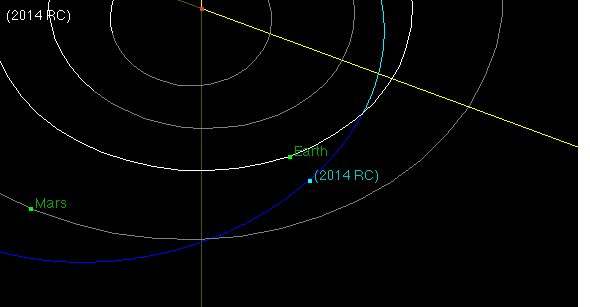 | ||
Discovered by Catalina Sky Survey (703)Pan-STARRS (F51) Aphelion 1.803891 AU (269.8583 Gm) Perihelion 0.8206096 AU (122.76145 Gm) Similar Pan-STARRS discoveries, Other celestial objects | ||
Rc trucks construction new log loader leyland rvtc may 2014 rc lkw fernsteuerung
2014 RC is a small Apollo near-Earth asteroid that made a close approach to Earth of 0.000267 AU (39,900 km; 24,800 mi) (0.1 lunar distances) around 18:02 UTC on 7 September 2014. It is the fastest rotating asteroid so far discovered. The asteroid briefly brightened to about apparent magnitude 11.5, so it was not visible to the naked eye or common binoculars. At the peak brightness the asteroid had a declination of –47, and was most easily visible over New Zealand. The asteroid is approximately the diameter of the Chelyabinsk meteor, and passed almost as close to Earth as 367943 Duende (2012 DA14) did in 2013. During 2014, asteroids 2014 AA and 2014 LY21 have come closer to Earth. 2014 RC was removed from the JPL Sentry Risk Table on 5 September 2014 and there are no known possible impact dates in the next 100 years. On 8 September 2115 the asteroid will pass about 0.0053 AU (790,000 km; 490,000 mi) from the moon. On 5 September 1973, the asteroid passed between 0.01052 AU (1,574,000 km; 978,000 mi) and 0.01207 AU (1,806,000 km; 1,122,000 mi) from Earth.
Contents
- Rc trucks construction new log loader leyland rvtc may 2014 rc lkw fernsteuerung
- Modellbaumesse leipzig 2014 baustelle xxl rc modell hobby spiel 2014 rc construction site
- Orbital shift
- Physical characteristics
- References
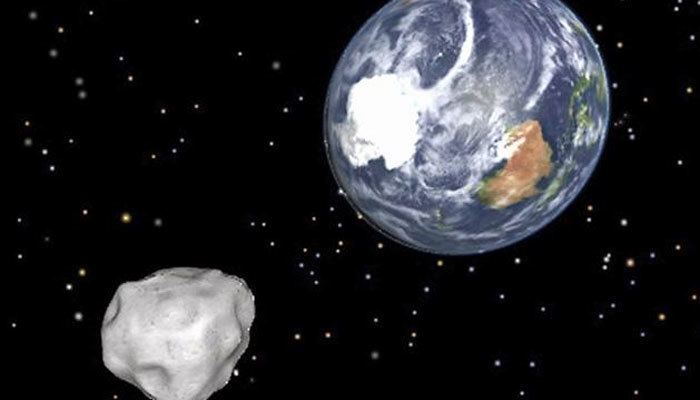
Modellbaumesse leipzig 2014 baustelle xxl rc modell hobby spiel 2014 rc construction site
Orbital shift

During the 2014 Earth close approach the orbital period of 2014 RC was reduced from 600 days to 549 days. The orbital eccentricity decreased while the orbital inclination increased.
Physical characteristics

With an absolute magnitude of 26.8, the asteroid is about 11–25 meters (36–82 ft) in diameter depending on the albedo. Observations by the NASA Infrared Telescope Facility conclude the asteroid is a fairly bright Sq-class asteroid which have an average albedo of around 0.24, and would give the asteroid a spherical equivalent diameter of 12 meters (39 ft). Measurements by multiple telescopes indicate that the asteroid rotates in 15.8 seconds making it the fastest rotating asteroid so far discovered. Using the 15.8 second rotation period, more accurate radar observations by Goldstone shows the asteroid has a largest axis of at least 22 meters (72 ft). Due to the asteroid's fast rotation, it is a monolith and not a rubble pile.
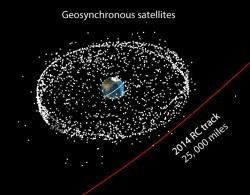
The Managua explosion on 6 September 2014 may or may not have been created by a bolide that was missed by millions of people, but either way it was not caused by the close approach of 2014 RC.
